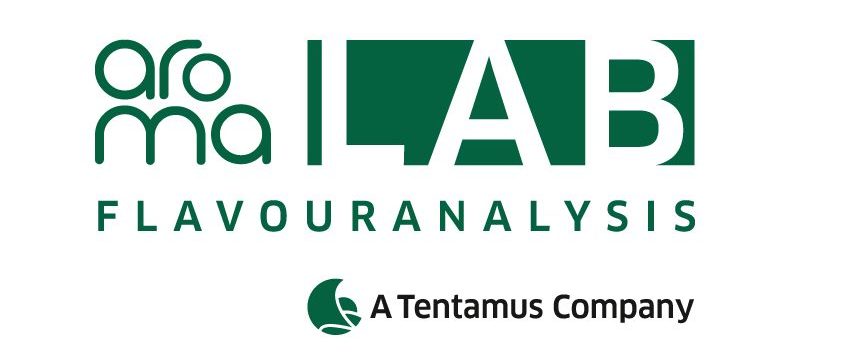Eating is not just about pure nutrition, it is also about enjoyment – which is mainly due to the flavour of a food and our sensory perception. But what if the first bite, sip or spoonful of a product or even the mere smell is not as it should be or as we are used to?
Off-flavours are rarely harmful to health, unless the cause is severe microbial contamination. However, they usually lead to natural rejection or complaints by customers and they can cause enormous economic as well as reputational damage to their producers.
In any case, the cause of the off-flavour must be found to avoid further damage. This is where the flavour specialists from aromaLAB can help with their knowledge, their many years of experience and with flavour-specific sensory and instrumental procedures. If the off-flavour is not only detected as a part of in-house quality control but identified at a molecular level – i.e. if the responsible components are known – its origin or formation can in many cases be traced back.
Where off-flavour comes from:
• Environmental contamination: Compounds enter the product as contaminants from the environment, e.g. 2,4,6-trichloroanisole („mouldy“ odour quality) or 2,6- dichlorophenol („phenolic“) from the degradation or reaction of chlorinated pesticides or cleaning agents
• Microbial activity: Various bacteria or fungi do not necessarily pose a health risk, but are known to produce potent off-flavours, e.g. geosmin („mouldy, earthy“) formed by Streptomyces species or various esters with fruity odour qualities as a result of faulty fermentation
• Light or sunlight: The best-known example is 3-methyl-2-buten-1-thiol (“skunk-like, sulphurous”) which is produced during the decomposition of hop ingredients and is responsible for the so-called “sunlight flavour” of beer
• Unsuitable packaging materials: They can either release undesirable odorous substances themselves, e.g. 8-nonenal („plastic-like“) from polyethylene packaging, or enable the migration of substances from the environment into the food
• Heating or overheating: Among other things, they may lead to the formation of so-called Maillard products from the thermal reaction of amino acids and sugars, including potent odour-active compounds
• Unfavorable storage conditions: Warm temperatures, light and long storage times can lead to the degradation of valuable flavours and the formation of undesirable components
Last but not least, the composition of the food itself can also lead to the formation of off-flavours. For example, foods with a high content of unsaturated fatty acids are particularly susceptible to the oxidative degradation of lipids, which can create compounds with rancid, greasy or metallic odour qualities and cause an off-flavour in the food.
How aromaLAB can help
Our procedure for analyzing off-flavours always follows a certain pattern:
1. Before starting the actual analysis, we carry out a short sensory evaluation, which often gives us a “first hint” of what the problem is. A trained sensory expert can often recognize certain compounds by their smell.
2. The actual identification is then carried out via gas chromatography-olfactometry (GC-O), a combination of instrumental and sensory analysis. After the individual compounds have been separated on a capillary column, the carrier gas stream is split in half, with one part being directed to the flame ionization detector, while the other is analyzed at the sniffing port with the human nose acting as a detector. The odour-active compounds detected at the sniffing-port are subsequently identified based on their retention index and odour quality by comparison with an in-house database.
If necessary, identification can also be confirmed by gas chromatography-mass spectrometry (GC-MS), provided the compounds are present in sufficient concentration.
3. Once the off-flavour compound is identified, we get back to our customer to find out together at what point in the production it formed and how it – hopefully – can be avoided in the future.
There are sometimes cases where several factors play a role in the undesirable flavour and the problem cannot be narrowed down to one or a few compounds. In the majority of cases, though, we have been successful in hunting down the cause of the off-flavour.
Off-flavours can cost you dearly in terms of time, money and reputation. Therefore, we hope that you are not affected, but if you are, we would be happy to help you with our expertise. For more information, please contact us via phone or Mail or follow us on LinkedIn. We look forward to connecting with you!

